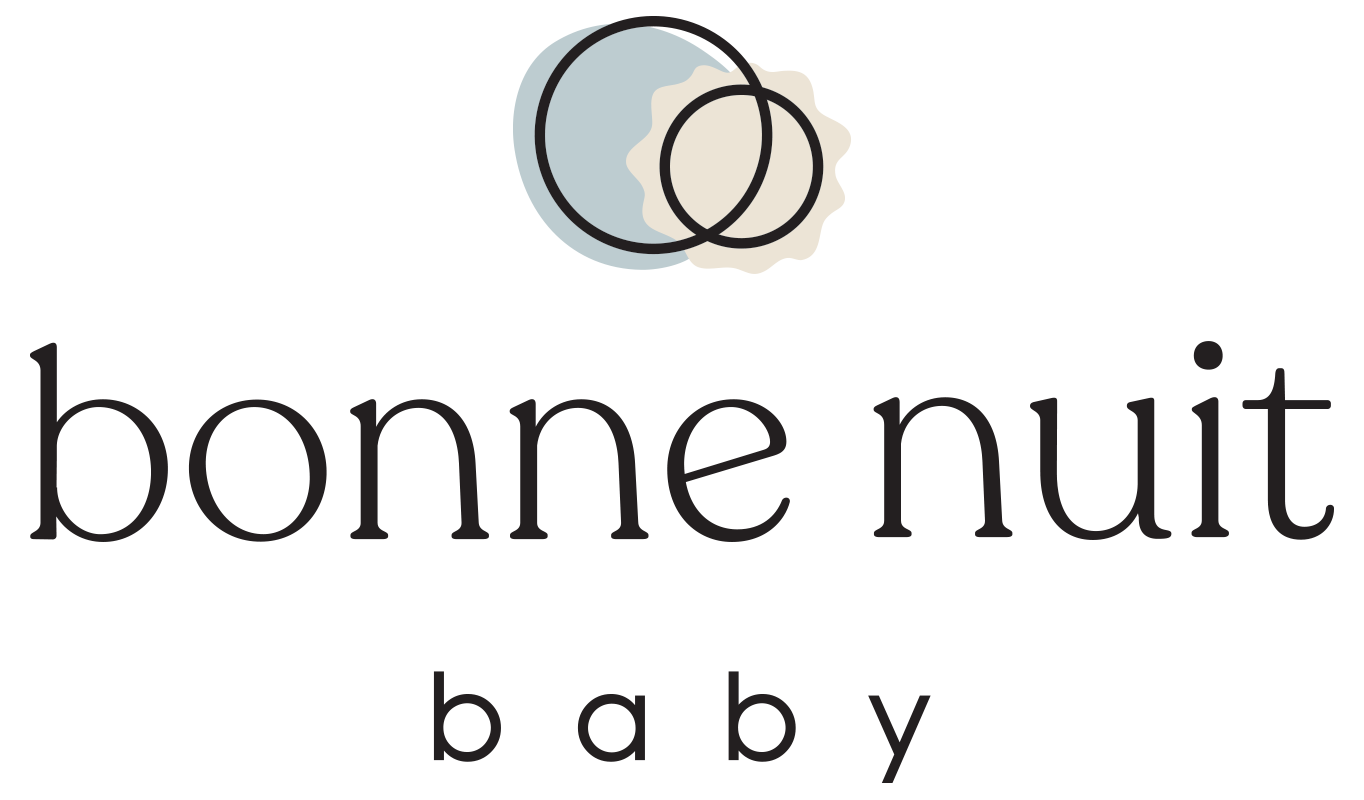Let's talk about safe sleep.
[cs_content][cs_section parallax="false" style="margin: 0px;padding: 45px 0px;"][cs_row inner_container="true" marginless_columns="false" style="margin: 0px auto;padding: 0px;"][cs_column fade="false" fade_animation="in" fade_animation_offset="45px" fade_duration="750" type="1/1" style="padding: 0px;"][cs_text]As a sleep consultant, I know a lot about safe sleep. The downside of that: I know a lot about safe sleep. And I was really freaked out by SIDS after my son was born. I was the crazy mom who would regularly sneak into her baby's room to be sure he was still breathing.Yes, maybe I took it to an extreme, but my worry about SIDS wasn't unfounded. It's a real concern.A recent study shows that most parents are not following basic safe sleep guidelines. The study, which followed 160 families, found that 91% of one-month babies were placed in unsafe sleep environments. Ninety-one percent! This is alarming but, for me, not surprising. Since I talk to moms and dads about sleep all day long, I'm quite aware of how often well-meaning parents put their babies in an unsafe situation---without realizing it.Let me acknowledge here that no one is perfect and in the middle of the night, we don't always make the smartest decisions. I get it. But knowledge is power: if you're the parent of a newborn (or expecting to be one soon), then I urge you to refresh your understanding of safe sleep recommendations and ask yourself if you're really following them. Even in the middle of the night.[/cs_text][/cs_column][/cs_row][cs_row inner_container="true" marginless_columns="false" style="margin: 0px auto;padding: 0px;"][cs_column fade="false" fade_animation="in" fade_animation_offset="45px" fade_duration="750" type="1/1" style="padding: 0px;"][x_custom_headline level="h2" looks_like="h4" accent="false"]Back is best.[/x_custom_headline][cs_text]Always, always place your baby on his back to sleep. Is your baby more comfy on his side? Too bad! Recent studies show that side-sleeping babies have nearly the same risk of SIDS as those sleeping on their stomachs. Seriously, back is best. Once your baby is able to roll to his stomach unassisted, he can safely remain in the sleep position he has chosen. [/cs_text][x_custom_headline level="h2" looks_like="h4" accent="false"]Room-share but don't bed-share.[/x_custom_headline][cs_text]The AAP recommends that your baby sleep in your room for the first few months of life. Some parents say that this isn't necessary because they have an excellent baby monitor or are putting their newborn in an adjoining bedroom, so they'll be able to hear every little peep. Unfortunately, neither scenario offers added protection from SIDS. Researchers aren't 100% sure why, but the risk declines when the baby is in the same room. (It's very likely because neither the parent nor the baby sleeps as soundly when in close proximity).Some people (like me) sleep terribly when room-sharing. This is a great article about how to find a balance between safety and your sanity. (The jist: suck it up for the first 4 months--when the risk of SIDS peaks--and then evaluate your options).The AAP also recommends that babies sleep in their own crib or bassinet from day 1. They do not recommend bed sharing (co-sleeping), as the risk of suffocation is much higher. They also don't recommend the sidecar attachment, as there isn't yet enough data to support it as a safe practice.[/cs_text][x_custom_headline level="h2" looks_like="h4" accent="false"]Avoid prolonged sleeping in swings, car seats, etc.[/x_custom_headline][cs_text]Put simply, these devices weren't designed to be sleeping surfaces and the inclined position can be dangerous for your baby. If your baby falls asleep in a swing, try to transfer him to his crib. If he falls asleep during a car ride, transfer him to his crib as soon as you've arrived at your destination. I know, you don't want to wake him! But the risks here are real.Be especially vigilant that your baby isn't sleeping at daycare anywhere except for a crib. The risk of unsafe sleep practices are much higher in a collective setting. See more tips on safe sleep at daycare here.[/cs_text][x_custom_headline level="h2" looks_like="h4" accent="false"]Remove everything from the crib.[/x_custom_headline][cs_text]Your baby's crib should only contain the baby and a tightly-fitted sheet. That's it.No stuffed animals, blankets, pillows, lovies, etc. Don't even get me started on bumpers---I think they should be made illegal, and doctors agree with me.[/cs_text][x_custom_headline level="h2" looks_like="h4" accent="false"]Beware of overheating.[/x_custom_headline][cs_text]Try to ensure that the baby's room is 68-70 degrees Farenheit and that they're dressed accordingly for the temperature. There are swaddles and sleep sacks made for tropical temperatures--if need be, invest in one so your baby doesn't overheat in the summer. [/cs_text][x_custom_headline level="h2" looks_like="h4" accent="false"]Breastfeed, if possible.[/x_custom_headline][cs_text]Breastfed babies have a lower risk of SIDS, probably because they sleep less deeply and wake more often than formula-fed babies. Does this mean you're putting your danger at risk if you can't breastfeed or have a limited supply? Nope, absolutely not. But double-down on the above suggestions.[/cs_text][cs_text][x_gap size="3em"]Want even more information? Check out the AAP's expanded list of recommendations for SIDS prevention.[/cs_text][/cs_column][/cs_row][/cs_section][/cs_content]
